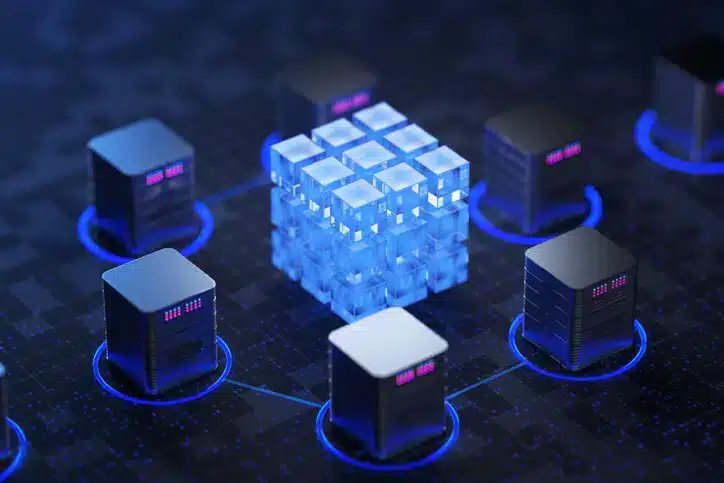Legacy Transactional Databases: Oh, What a Tangled Web
Teresa Wingfield
February 8, 2024

Database modernization is increasingly needed for digital transformation, but it’s hard work. There are many reasons why; this blog will drill down on one of the main ones: legacy entanglements. Often, organizations have integrated legacy databases with business processes, the applications they run (and their dependencies), and systems such as enterprise resource planning, customer relationship management, supply chain management, human resource management, point-of-sales systems, and e-commerce. Plus, there’s middleware and integration, identify and access management, backup and recovery, replication, and other technology integrations to consider.
Your Five-Step Plan for Untangling Legacy Dependencies
So, how do you safely untangle legacy databases for database modernization in the cloud? Here’s a list of steps that you can take for greater success and a less disruptive transition.
1. Understand and Document Dependencies and Underlying Technologies
There are many activities involved in identifying legacy dependencies. A good start is to review any available database documentation for integrations, including mentions of third-party libraries, frameworks, and services that the database relies on. Code review, with the help of dependency management tools, can identify dependencies within the legacy codebase. Developers, architects, database administrators, and other team members may be able to provide additional insights into legacy dependencies.
2. Prioritize Dependencies
Prioritization is important since you can’t do everything at once. Prioritizing legacy dependencies involves assessing the importance, impact, and risk associated with each dependency in the context of a migration or modernization effort. Higher-priority dependencies should incorporate those that are critical for the database to function and that have the highest business value. When assessing business impact, include how dependencies affect revenue generation and critical business operations.
Also, consider risks, interdependencies, and migration complexity when prioritizing dependencies. For example, outdated technologies can threaten database security and stability. Database dependencies can have significant ripple effects throughout an organization’s systems and processes that require careful consideration. For example, altering a database schema during a migration can lead to application errors, malfunctions, or performance issues. Finally, some dependencies are easier to migrate or replace than others and this might impact its importance or urgency during migration.
3. Take a Phased Approach
A phased migration approach to database modernization that includes preparation, planning, execution, operation, and optimization helps organizations manage complexity, minimize risks, and ensure continuity of operations throughout the migration process. Upfront preparation and planning are necessary to ensure success. It may be beneficial to start small with low-risk or non-critical components to validate procedures and identify issues. The operating phase involves managing workloads, including performance monitoring, resource management, security, and compliance. It’s critical to optimize activities and address concerns in these areas.
4. Reduce Risks
To reduce the risks associated with dependencies, consider approaches that run legacy and modern systems in parallel and use staging environments for testing. Replication offers redundancy that can help ensure business continuity. In case unexpected issues arise, always have a rollback plan to minimize disruption.
5. Breakdown Monolithic Dependencies
Lastly, don’t recreate the same monolithic dependencies found in your legacy database so that you can get the full benefits of digital transformation. A microservices architecture can break down the legacy database into smaller, independent components that can be developed, deployed, and scaled independently. This means that changes to one part of the database don’t affect other parts, reducing the risk of system-wide failures and making the database much easier to maintain and enhance.
How Actian Can Help with Database Modernization
The Ingres NeXt Readiness Assessment offers a pre-defined set of professional services tailored to your requirements. The service is designed to assist you with understanding the requirements to modernize Ingres and Application By Forms (ABF) or OpenROAD applications and to impart recommendations important to your modernization strategy formulation, planning, and implementation.
Based on the knowledge gleaned from the Ingres NeXt Readiness Assessment, Actian can assist you with your pilot and production deployment. Actian can also facilitate a training workshop should you require preliminary training.
For more information, please contact services@actian.com.
Subscribe to the Actian Blog
Subscribe to Actian’s blog to get data insights delivered right to you.
- Stay in the know – Get the latest in data analytics pushed directly to your inbox.
- Never miss a post – You’ll receive automatic email updates to let you know when new posts are live.
- It’s all up to you – Change your delivery preferences to suit your needs.